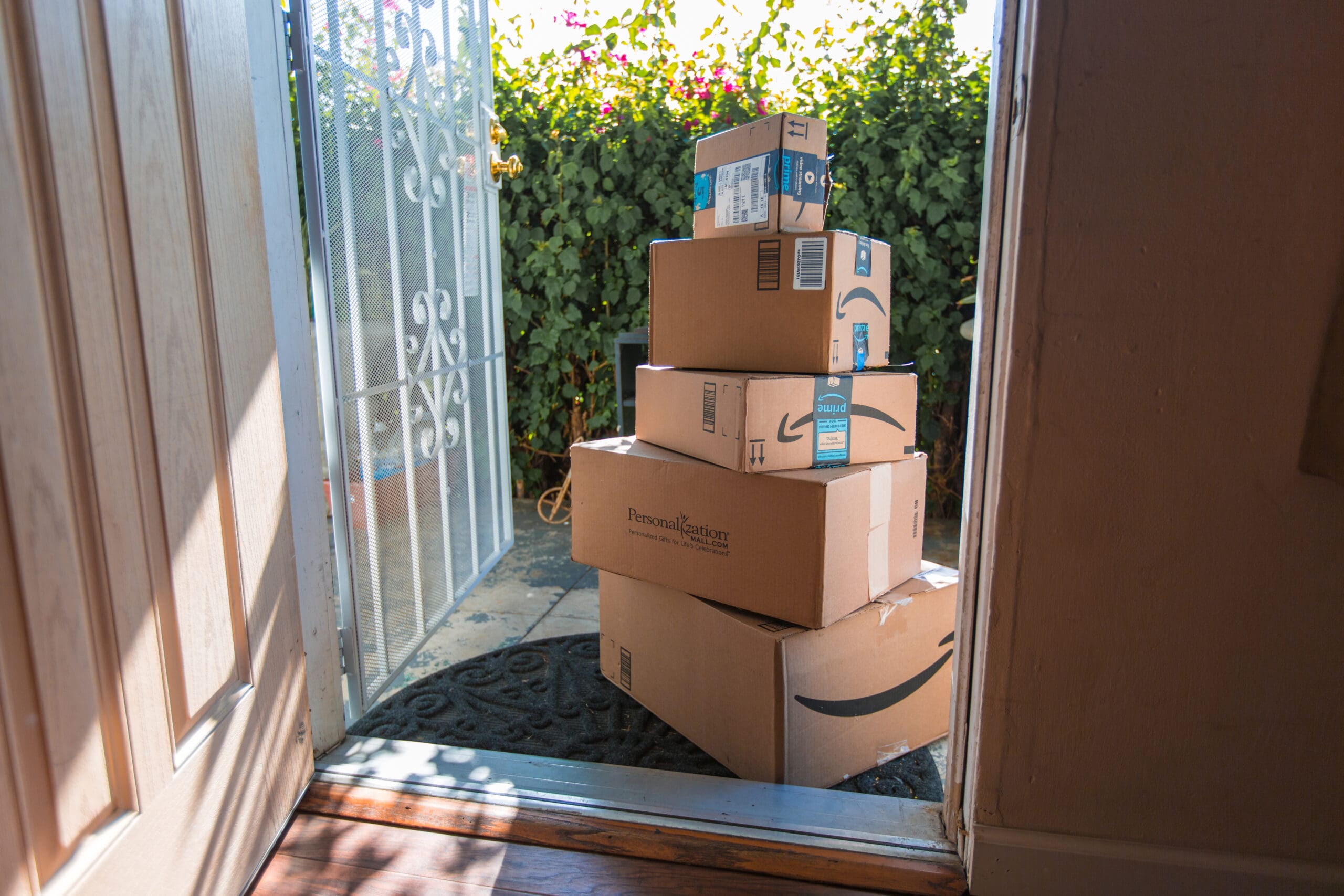There are times when your small business may need to undergo a valuation, such as when preparing to sell your company or start a round of equity-based funding. In all of these cases, getting this valuation done right is key to your future business success.
Why should you value your business?
Knowing the value of your business can help you make better business decisions and set realistic goals. It can also be used as a benchmark and is often required to obtain funding. Whether the valuation is for purely informational purposes or you need an official valuation to undergo a business transaction such as beginning a new round of equity financing or splitting the company in a divorce, it is important to know how much your company is worth. Keep reading for more detail as to why it’s so important to know the value of your business.
Reasons to value your business
There are a few main reasons why a company might undergo a business valuation, here are a few.
- Preparing to sell: The most common reason for undergoing a business valuation is when you are looking to sell your business. A business valuation helps you determine where to set your listing price and estimate how much you can expect to receive if you do place your company on the market. You may even decide to hold off on selling your business in the first place.
- Preparing for a merger: A valuation is typically needed when preparing to undergo a merger or an acquisition. In M&A transactions, oftentimes both the target company and the acquiring company will undergo a business valuation on the business that is being acquired.
- Attracting investors: You need to know your business valuation when seeking equity-based funding, because it lets you (and future investors) know what the equity in your business is truly worth. Types of equity funding include initial public offerings (IPOs), angel investing, venture capitalists, and equity crowdfunding. Business owners use equity funding to finance business needs in exchange for an ownership stake in their company.
- Offering equity to employees: Similarly, there are times when growing companies wish to offer equity to their employees as a reward, incentive, or bonus. You must undergo a business valuation first in order to know (and prove) how much equity in your company is worth.
- Developing strategy: Whether you want to incorporate your business valuation into your business plan, financial projections, or other futurecasting – knowing where you are and where you have been can help you more accurately determine where you are going. Undergoing a business valuation also gives you a good idea of your company’s current strengths and weaknesses or areas of opportunity.
While these reasons are by far the most common, other reasons may include buying out the other owners, undergoing a change of ownership, a life event such as a divorce, or tax planning.
Tips on how to value your business
While many people hire a professional to undertake their business valuation, it can be done yourself. Either way, the following tips should help the process run smoothly:
- Get your paperwork ready: Financial documents help back up calculations. Be prepared to demonstrate your company’s debts and assets through documentation such as profit and loss statements, bank statements, tax records, and balance sheets.
- Determine future profitability: The easiest way to do this is by calculating net profit for the past few years and accounting for future revenue with average industry growth. Understanding your business value can help you track growth and set realistic benchmarks. You can also compare these benchmarks with your industry.
- Estimate the value of your business: Use a few simple calculation methods to estimate the current value of your business. For example, the simplest valuation method uses the following equations: Gross Profits – Expenses = Net Income and Net Profit x Multiple = Value. To determine your “multiple” you will have to research the multiples that similar companies have sold for and consider the size and financial history of your business.
- Know the different methods: Different appraisers may use different methods, and different circumstances call for different methods – so having knowledge of these may help you determine which valuation would be most favorable for your business. These methods include the Adjusted Net Asset Method, the Capitalization of Cash Flow Method, the Discounted Cash Flow Method, the Market-Based Valuation Method, and the Seller’s Discretionary Earnings Method.
- Perform a market valuation: Just like when you are selling a house, market conditions and looking at “comps” are some of the most important factors when preparing to sell. A higher demand for businesses like yours can drive up your value, while slow growth and low interest in your field can eat into your final valuation. Ultimately, your company is only worth the price that buyers are willing to pay for it – no matter how good your financial projections are.
- Create financial projections: Financial projections look at how much profit you are currently generating and produce an estimate of how much your company will generate in the future. Knowing these numbers will also help you determine the best times to raise capital and undergo a new round of equity-based funding.
- Don’t forget intangible assets: While it may be easy to determine the value of a vehicle or large piece of equipment, don’t undervalue your business by selling yourself short. Intangible assets such as copyrights, patents, trademarks, client lists, SEO rankings, and even social media followings can all affect your final business valuation.
Tips for improving the value of your small business
In order to increase the value of your small business to get a better valuation, there are a few things you can do.
- Run some models: An appraiser can help you produce a range of valuation models with different outcomes. For example, you can run the numbers to determine how more revenue per customer or higher churn would affect your future business valuation. This process will help you determine where to best focus your efforts.
- Increase revenue: At its most basic calculation, your business valuation is determined by your profits. One of the best ways to improve your profits is by increasing your revenue, whether by making your prices higher or increasing your sales volume. An appraiser can also help you determine where to best focus your efforts to see an increase in revenue.
- Cut costs: On the flip side of the coin, cutting costs can also help improve your profits even if your revenue stays the same. Can you downsize your retail location? Cut back on staffing? Decrease your marketing budget? Research where you can effectively cut costs without eating into your revenue.
How Kickfurther can help
Securing funding is not an easy task, but it’s something that most small businesses must do to maximize growth. You may jump through several hoops and qualify for traditional financing, only to find out it’s far too expensive. There’s also the case that you are just struggling to qualify for traditional financing methods. Small businesses are the heart of most communities, yet they often have the hardest time obtaining the funding they need.
Started by an entrepreneur who once struggled to find affordable financing – that was also attainable, Kickfurther was born. Kickfurther is the world’s first online inventory financing platform that enables companies to access funds they were unable to acquire through traditional sources.
So how does it work?
Kickfurther has companies start by creating a profile. Next, we connect brands to a community of eager buyers who help fund the inventory on consignment and give brands the flexibility to pay that back as they receive cash from their sales. Flexible repayment schedules alleviate cash flow challenges that are often made worse by traditional lenders. Small businesses can take advantage of flexible repayment schedules by allowing the brand to scale quickly without impeding your ability to maintain inventory. To qualify for funding through Kickfurther, brands must sell physical products or non-perishable consumables. In addition, brands must have revenue between $150k to $15mm over the last 12 months. Our average funding amount is $78,000, but businesses can fund up to $1MM to manufacture new inventory or get reimbursed for current stock.
Closing thoughts
Whether you need to know your business valuation or not, you SHOULD know it. A successful business is efficient, organized, and always has a plan. As you set out for any type of funding, the lender, investor, backer, or source of funds will need to trust your businesses ability to succeed. Backers within the Kickfurther community definitely enjoy connecting with brands, which they can do through business profiles. With 800+ opportunities funded and a 99% funding success, you can get the funding you need at Kickfurther, but you will need to put in a little bit of work. The opportunity to get funding through Kickfurther means the opportunity to save money while growing your business. At Kickfurther our rates are up to 30% cheaper compared to other forms of funding. Furthermore, companies that return for additional rounds of funding often see their rates fall each time.
Interested in getting funded on Kickfurther? Create a free business account today to get started!






